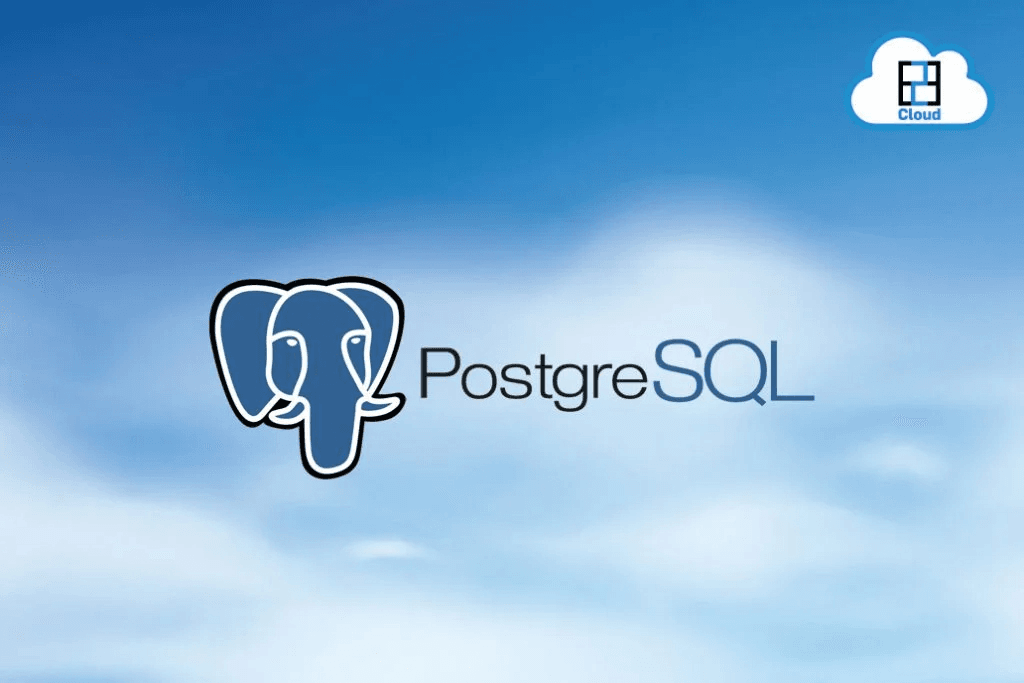Natural language processing or NLP is an artificial intelligence (AI) branch which deals with computer-human interaction using the natural way we use language. The ultimate aim of NLP is to read, decode, comprehend and take useful information out of human languages and understand the logic in them.
NLP uses linguistics, computer science and AI and then analyses a huge amount of natural language data. With the help of NLP, programmers have developed ML applications to train models using existing Python frameworks to use language for various purposes.
Why is NLP necessary?
NLP is related to many language-related tasks. It can help in –
- Tools for monitoring social media
- Spam filters
- Search engines
- Voice assistants
- Grammar correction
- Translation
- Text-to-speech converter and vice versa
- Plagiarism detection
- Chatbots
In this blog, we will discuss the state-of-the-art software that has been developed by leading players in the field of NLP.
Top 8 NLP Models for Data Scientists-
Following are 8 NLP models most used by data scientists –
- Facebook RoBERTa
Facebook’s RoBERTa or Robustly Optimised BERT has been built on the masking strategy of BERT. It is an optimised method for the NLP pre-training system that is self-supervised. It can be used for -
- Predicting sections of text that have been hidden intentionally
- It is being trained to process data from news articles so it can block fake news or other provocative text
- ULMFiT
Universal Language Model Fine-tuning or ULMFiT is used to perform many NLP tasks. It reduces the scope of error by 18-24%. Sebastian Ruder and Jeremy Howard developed it and you can use it for –
- Processing text
- Converting voice to text and vice versa
- Understanding the context of the textual language
- Google ALBERT
Google ALBERT is an upgraded form of BERT. The model is an open-source application on the TensorFlow framework. It has only 12 million parameters. It has approximately 80.1% accuracy. Google ALBERT is used for –
- Abstract summarisation
- Sentence prediction
- Question answering
- Conversational response generation
Google ALBERT does all the tasks better than BERT. The accuracy is around 80-83%.
- XLNet
XLNet is a Transformer-XL model extension that Google develops. It is a pre-trained NLP used to learn the functions from contexts in two directions. It is used to perform NLP tasks like –
- Answering questions
- Text classification
- Analysing sentiments
In language processing tasks, XLNet has even outperformed BERT.
- ELMo
ELMo is the abbreviated form of Embeddings from Language Models. It analyses and trains models on the syntax and semantics of words. It also understands their contexts linguistically. This model was developed by Allen NLP on a large amount of text and learned functions from biLM or deep bi-directional models. It can perform –
- Textual entailment
- Sentiment analysis
- Answering questions
- Microsoft CodeBERT
Microsoft’s CodeBERT is an NLP framework that is built upon a multi-layer bi-directional neural architecture. It can perform tasks like –
- Code documentation generation
- Code search
Microsoft CodeBERT has also been trained on a dataset that is the largest of repositories from Github in six programming languages.
- Google BERT
BERT’s full form is Bidirectional Encoder Representations from Transformers. Alphabet or Google developed this pre-trained NLP model in 2018. It allows anybody to train a model that can answer questions on its own. This task can be completed in nearly 30 minutes either on a single cloud Tensor processing unit. It can do the same in a few hours on a single graphics processing unit. BERT has achieved a precision of 93.2%, which is reportedly the highest as of now. BERT can be used for language generation tasks that are sequence-to-sequence based like -
- Abstract summarisation
- Conversational response generation
- Sentence prediction
- Question answering
- Open AI-GPT3
Open AI-GPT-3 is a pre-trained NLP model which OpenAI has developed. The features of this NLP are –
- It is a large-scale NLP that is transformer based
- The NLP has been pre-trained on 175 billion parameters
- It can perform tasks like –
- Answering questions
- Translation
- Special tasks which require logical reasoning on the go such as unscrambling words
- Write news articles
- Generate codes for assisting developers in building ML applications
By and Large-
To sum up, the advancement in the field of data science has led to the widespread usage of such NLP models. Resultantly, the upgradation of such models has made them simpler to use for everyone in this field. However, there are other NLP models available that can help, but these aforementioned eight are some of the popular ones among data scientists.
Reference Links-
https://analyticsindiamag.com/top-8-pre-trained-nlp-models-developers-must-know/









